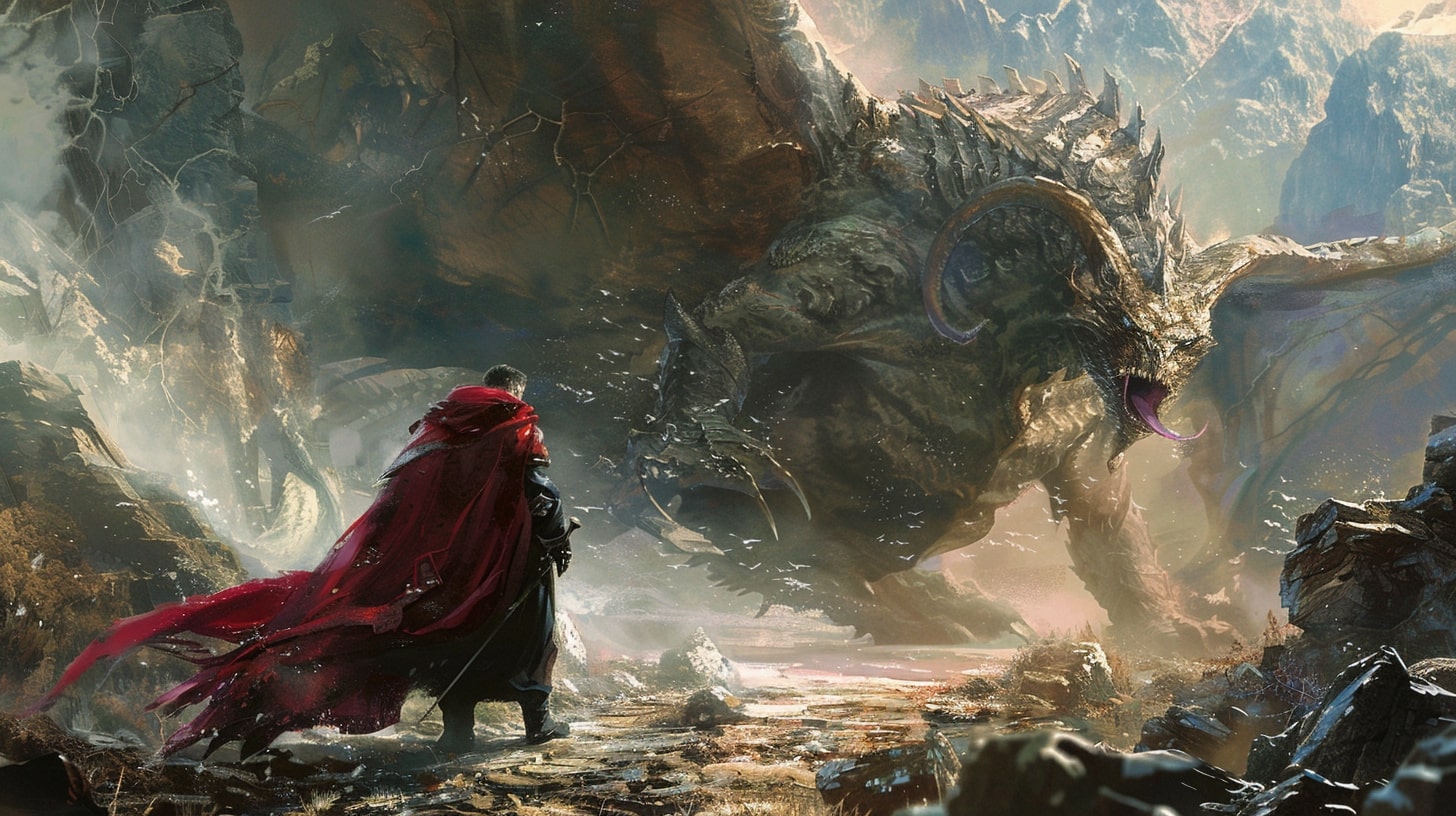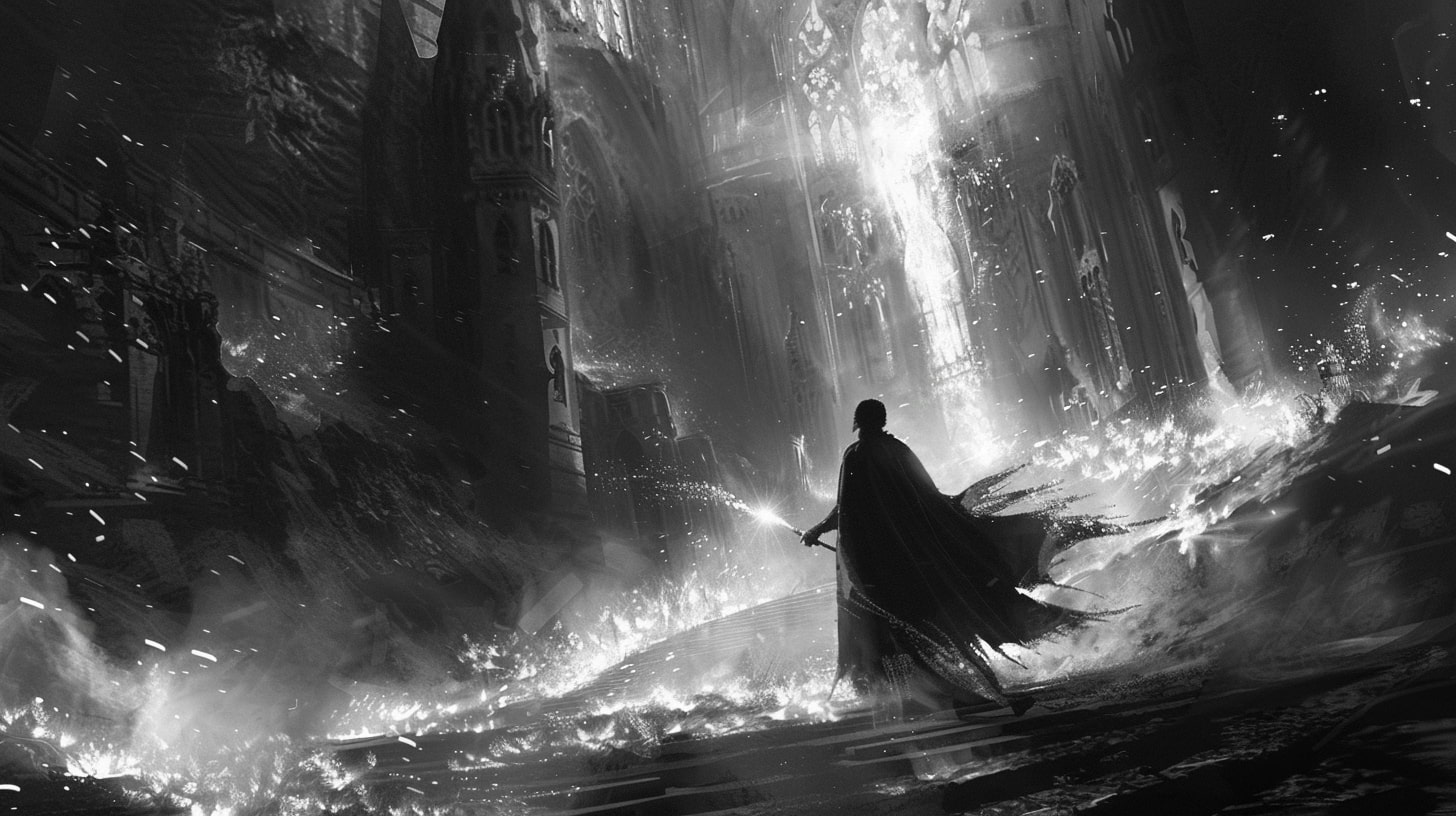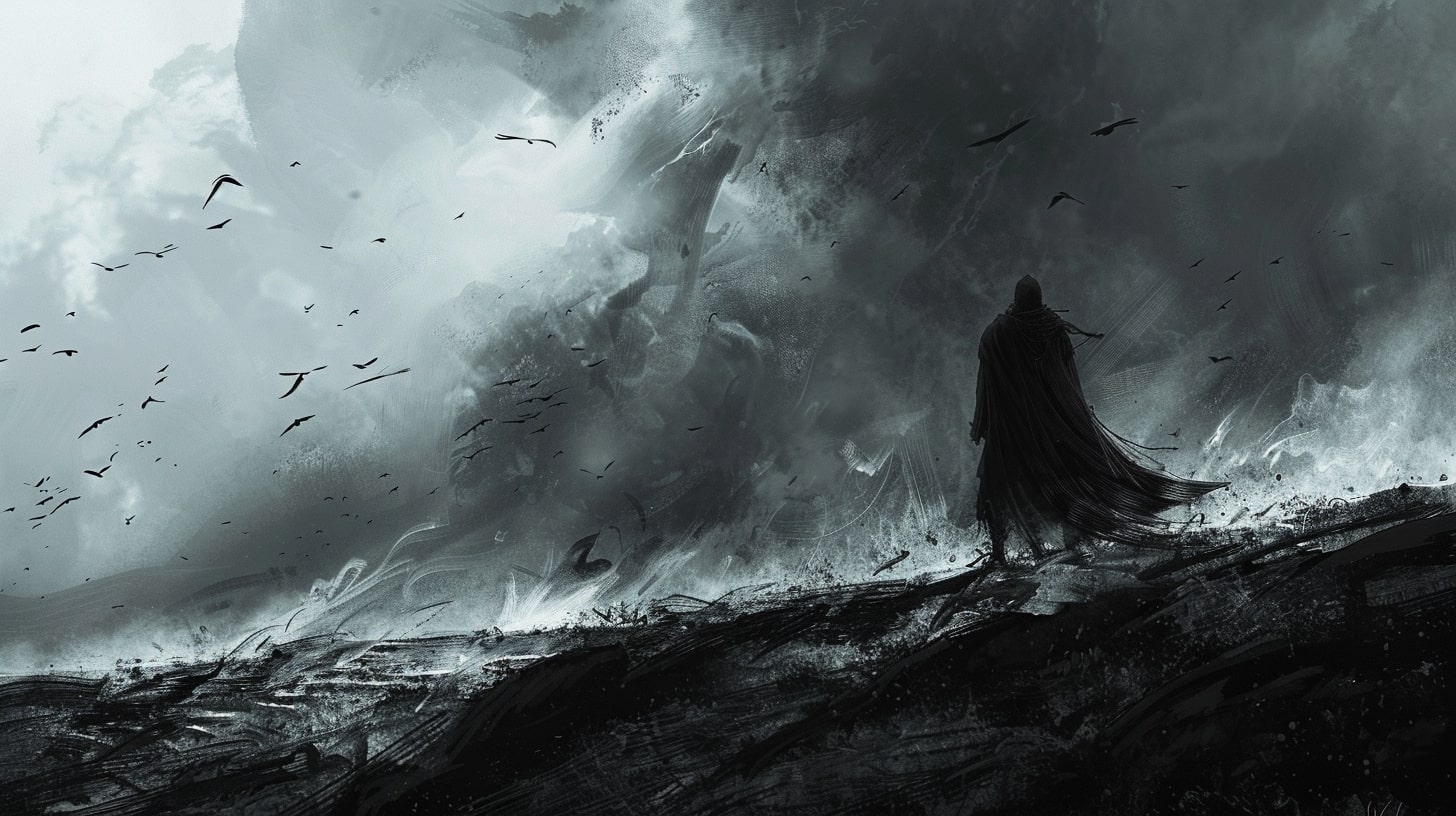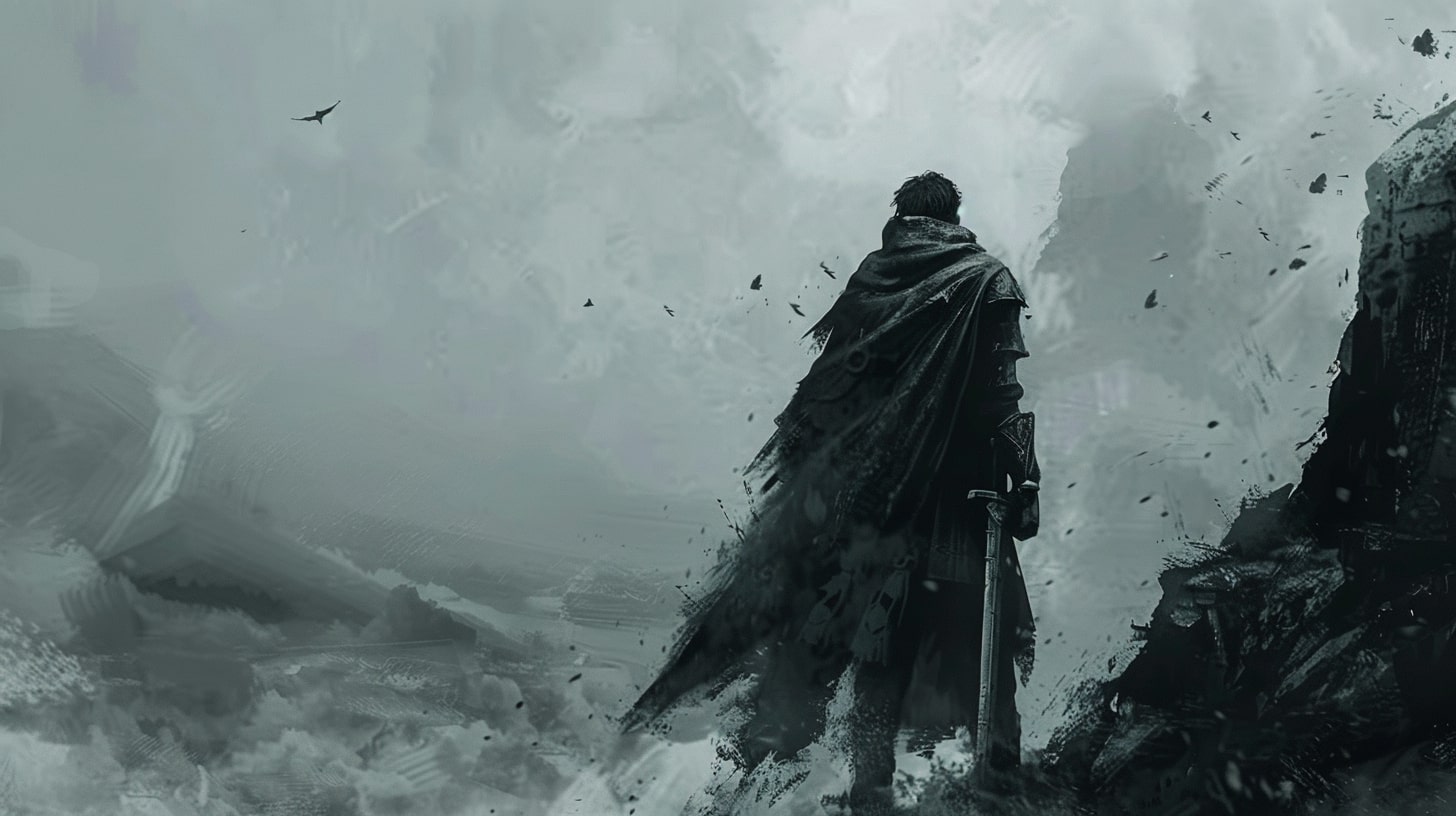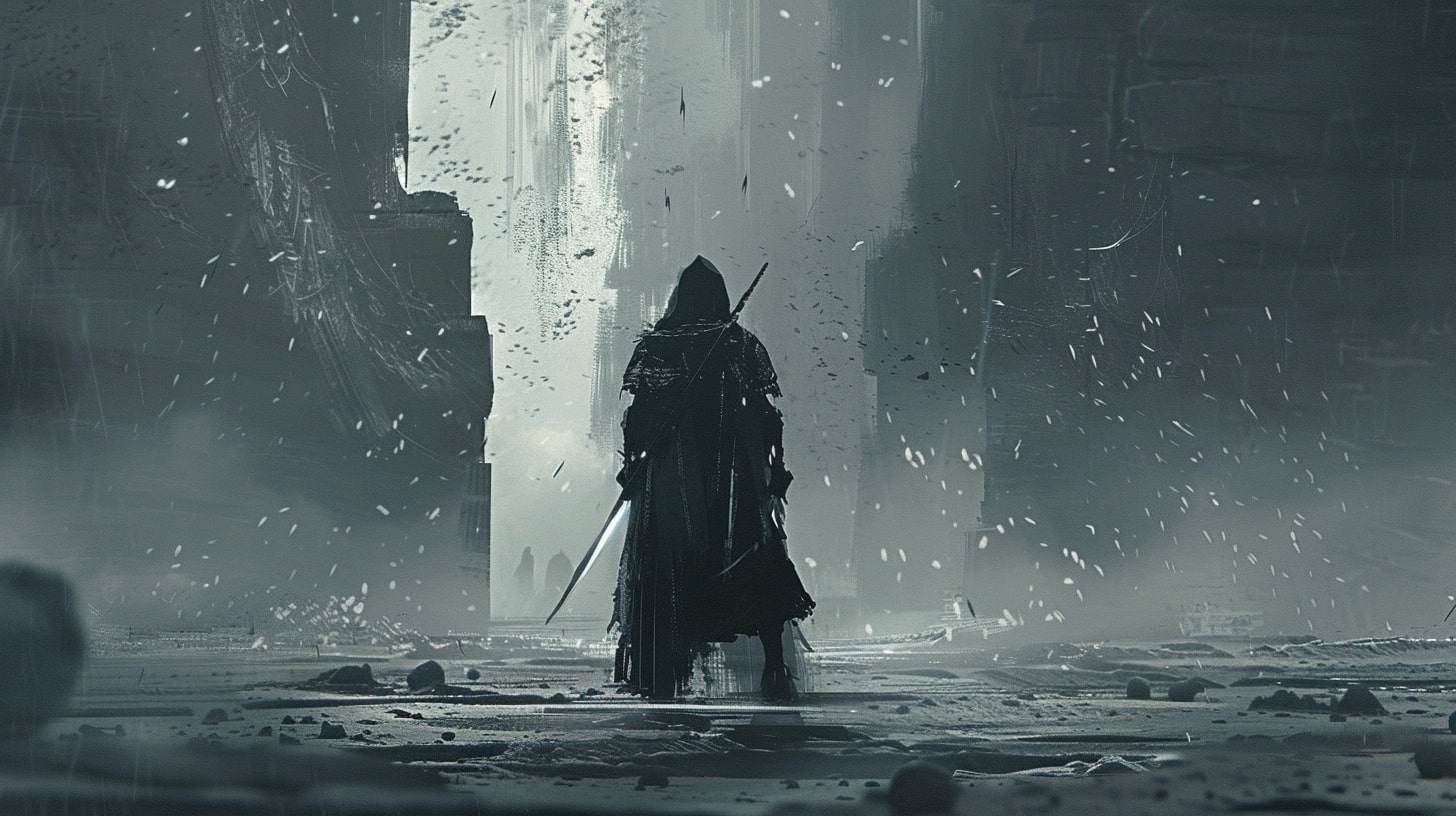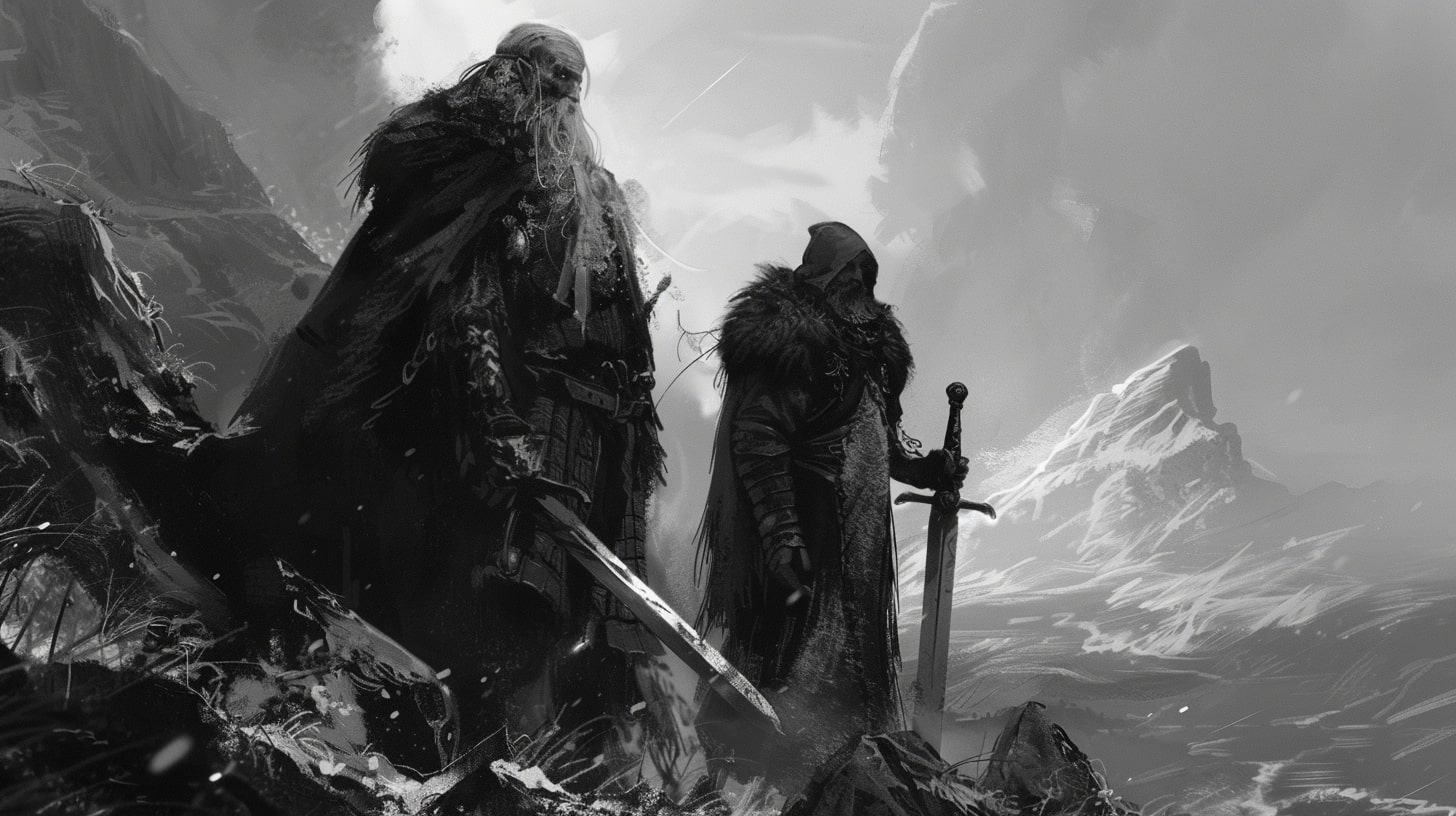Crafting Memorable Characters
Ah, the art of crafting characters! It's a delicate dance of words and imagination, where you have the power to bring unique individuals to life. And what better way to start than with their appearances?
After all, a character's appearance can make a lasting impression on readers. So how do you create a character appearance and description that does the character justice?
Well, if you want to get better at character development then we better find out.
The Power of Character Appearances
Picture this: you're reading a book, and suddenly, there's a character description that makes you sit up and take notice. Maybe it's their striking blue hair, their mismatched eyes, or even their dazzling array of piercings. Whatever it is, a memorable appearance can make a character come alive in your mind.
When creating character appearances, don't be afraid to think outside the box. Break free from the shackles of convention and let your imagination run wild. Give your characters unique features, interesting hairstyles, or even unconventional clothing choices. By doing so, you'll create characters that are visually distinctive and captivating.
Moving Beyond Stereotypes
Now, let's talk about moving beyond stereotypes. We've all seen them: the brooding, dark-haired bad boy, or the blonde-haired, blue-eyed damsel in distress. While these archetypes have their place, they can also be a bit, well, predictable. So, how can you break free from these clichés?
Start by considering your character's individuality. What makes them different from the rest? Are they a tech genius with neon-colored streaks in their hair? Or perhaps they're a fashion-forward rebel who rocks a shaved head and vibrant tattoos. Embrace their uniqueness and let it shine through in their appearance.
Remember, appearances can be a powerful tool for storytelling. They can reflect a character's personality, provide insight into their background, or even symbolize their journey. So, go forth and create characters with appearances that defy expectations and leave a lasting impression on your readers.
In the next section, we'll delve deeper into the world of character appearances and explore how to go beyond the surface to create truly engaging characters. But for now, let your imagination run wild and break those stereotypes like a boss! Oh, and if you need some inspiration for character personality traits, check out our article on character personality traits.

Character Appearance and Description: Beyond the Surface
When it comes to crafting engaging characters, their physical appearance and clothing style play a significant role in capturing readers' attention. These visual details can provide valuable insights into a character's personality, background, and even their journey throughout the story. So, let's dive deeper into this topic and explore how to make your characters stand out!
Physical Appearance
A character's physical appearance is like their first impression - it sets the stage for what's to come. But let's be honest, not every character needs to be a stunning supermodel. In fact, quirks and imperfections can make them even more memorable and relatable.
Think about how you can use physical attributes to reflect a character's personality. For example, a messy-haired protagonist might convey a sense of adventure and spontaneity, while a neatly groomed character could represent order and control. Remember, it's not just about describing their features, but also about revealing their essence.
To add a touch of humor to your descriptions, consider using vivid imagery and playful comparisons. Instead of saying someone has "curly hair," you could describe it as "a wild mane of spiraling locks that could rival a poodle caught in a windstorm." This not only paints a picture but also injects a bit of humor into the mix.
Clothing and Style
Clothing choices can speak volumes about a character's personality, lifestyle, and even their socioeconomic background. Are they fashion-forward, rocking the latest trends? Or are they more laid-back, favoring comfortable and practical attire?
When describing a character's clothing style, consider how it aligns with their overall persona. Are they a rebel in leather jackets and combat boots? Or perhaps they exude sophistication with tailored suits and designer dresses. These details can help readers form a mental image and connect with the character on a deeper level.
To add some fun to your descriptions, you can use hyperbole and exaggerated comparisons. For instance, instead of saying a character wears a simple black dress, you could say they don "a little black dress that could make even the most glamorous movie star green with envy." This playful approach adds flair and liveliness to your descriptions.
By going beyond the surface and crafting unique physical appearances and clothing styles for your characters, you can bring them to life in the minds of your readers. Remember to keep it engaging, humorous, and reflective of their personalities. For more tips on developing well-rounded characters, check out our article on character personality traits.
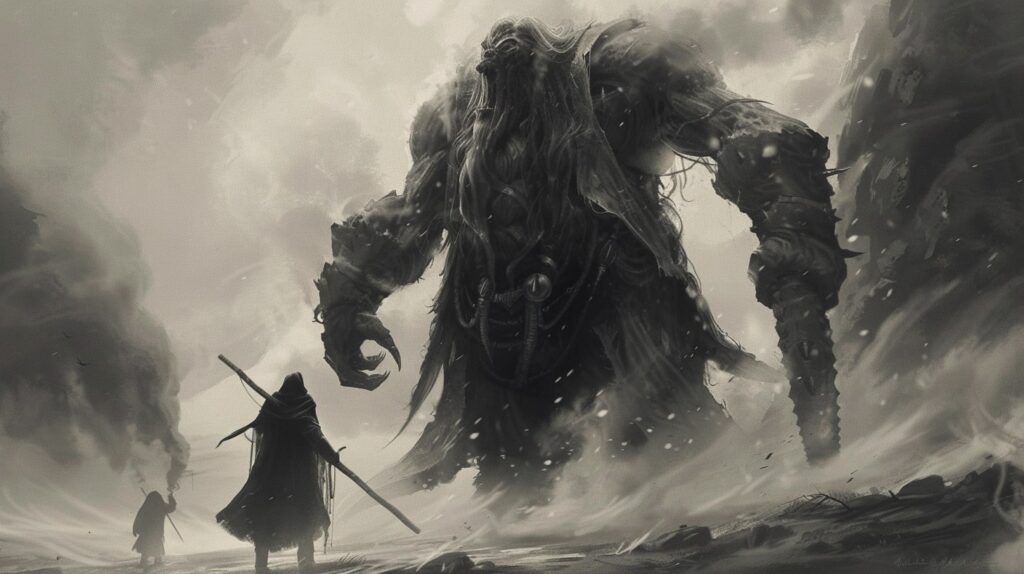
Describing Characters Engagingly
When it comes to describing characters, it's important to go beyond simple physical attributes and create descriptions that truly captivate your readers. This section explores two effective techniques for crafting engaging character descriptions: show, don't tell and using vivid imagery.
Show, Don't Tell
Ah, the age-old advice: show, don't tell. But what does it mean? Instead of stating outright what your character looks like or how they feel, let your readers experience it through their actions, interactions, and reactions.
For example, instead of saying "Samantha had curly hair," you could write, "Samantha's wild curls danced with enthusiasm, defying gravity and demanding attention from everyone around her." This not only provides a visual description but also gives a sense of the character's personality, energy, and confidence.
By showing the character in action and allowing their appearance to reveal itself naturally, you create a more engaging and immersive reading experience. Remember to sprinkle these descriptions throughout the story rather than dumping them all at once. Let your readers discover your characters as the story unfolds.
Using Vivid Imagery
Paint a picture with words! Use vivid imagery to bring your characters to life in the minds of your readers. Instead of relying on generic adjectives, opt for more evocative language that sparks the imagination.
For instance, instead of saying "Mark had blue eyes," you could describe them as "Mark's eyes shimmered like sapphires, reflecting the depths of a clear summer sky." This not only conveys the color but also adds a touch of poetry and depth to the description.
Consider using metaphors and similes to compare your character's features or appearance to something unexpected or unique. This not only adds depth to the description but also helps to create memorable and distinct characters.
Remember, the goal is to engage your readers and make your characters come alive in their minds. By employing the techniques of showing, not telling, and using vivid imagery, you can create character descriptions that leave a lasting impression.
Crafting engaging character appearances and descriptions is just one aspect of character development. To delve deeper into other aspects such as personality reflections and symbolic elements, check out the section on adding depth to character descriptions.

Adding Depth to Character Descriptions
Now that you've explored the importance of character appearances and the ways to move beyond stereotypes, it's time to add depth to your character descriptions. This section will delve into two key aspects: personality reflections and symbolic elements.
Personality Reflections
When describing your characters, it's essential to go beyond their physical attributes and consider how their appearance reflects their personality traits. For example, if your character is adventurous and rebellious, you might describe their hairstyle as wild and untamed, mirroring their free-spirited nature.
On the other hand, a character who is meticulous and organized might have neatly groomed hair and a well-put-together appearance.
Consider incorporating details that hint at your character's personality through their clothing choices as well. Bright and vibrant colors may indicate a cheerful and outgoing nature, while a preference for dark and subdued tones might suggest a more mysterious or introverted disposition. By aligning their appearance with their personality, you create a more engaging and believable character. For a deeper dive into developing character personalities, check out our article on character personality traits.
Symbolic Elements
Another way to add depth to your character descriptions is by incorporating symbolic elements that enhance their characterization. Symbolism can be found in various aspects of a character's appearance, such as accessories, tattoos, or unique physical features. These symbolic elements can represent a character's values, beliefs, or past experiences.
For instance, a character with a scar across their face might symbolize resilience and strength, as it suggests they've overcome a significant challenge. Similarly, a character wearing a pendant with a specific symbol might indicate their connection to a particular culture or belief system.
These symbolic details not only make your character more visually interesting but also provide opportunities for deeper storytelling. For more ideas on character backstories and development, explore our article on character backstory ideas.
By incorporating personality reflections and symbolic elements into your character descriptions, you bring your characters to life in a more meaningful way. Remember to strike a balance between providing enough detail to paint a vivid picture in the reader's mind and allowing room for their imagination. With these techniques, your characters will become multidimensional and captivating, leaving a lasting impression on your readers.
Avoiding Clichés and Tropes
When it comes to crafting engaging character appearances and descriptions, it's important to avoid falling into the trap of clichés and tropes. While certain archetypes and stereotypes may seem tempting, they can make your characters feel predictable and unoriginal. To create truly memorable characters, it's time to break the mold and subvert expectations.
Breaking the Mold
To break the mold, you need to challenge the established norms and preconceived notions. Think outside the box and consider unconventional traits and features for your characters. Instead of relying on the same old descriptions, give your characters a unique twist that sets them apart.
For example, instead of the typical tall, dark, and handsome hero, you could create a charming rogue with a mischievous smile and a vibrant shock of pink hair. By defying expectations, you add intrigue and depth to your characters, making them more relatable and interesting.
Subverting Expectations
Subverting expectations is another powerful technique to avoid clichés and tropes. Play with your readers' assumptions and surprise them with unexpected character traits and appearances. Take their initial assumptions and flip them upside down.
For instance, imagine a character who appears tough and intimidating with a muscular physique and tattoos. But beneath that intimidating exterior, they have a soft spot for kittens and enjoy knitting. This unexpected contrast can create a rich and multi-dimensional character that defies stereotypes.
By breaking the mold and subverting expectations, you breathe new life into your characters and make them stand out. Remember that character development goes beyond appearances; it's about creating well-rounded individuals with unique personalities, flaws, and motivations. For more tips on character development, check out our article on character development techniques.
In the next section, we will explore techniques for effectively describing characters in an engaging manner.
Putting It All Together
Now that you have explored the various aspects of crafting engaging character appearances and descriptions, it's time to put it all together and create characters that truly come to life on the page. This section will focus on balancing descriptions and creating authentic characters that readers will connect with.
Balancing Descriptions
When it comes to describing your characters, finding the right balance is key. You want to provide enough details to help readers visualize the character, but you don't want to overwhelm them with an excessive amount of information. Remember, less can often be more.
Instead of bombarding readers with a laundry list of physical attributes, choose a few distinctive features that will make your character stand out. Maybe it's their striking blue eyes or their unique hairstyle. By focusing on a few key details, you allow readers to fill in the rest of the picture with their imagination.
It's also important to intersperse character descriptions throughout the story rather than providing them all at once. This allows readers to gradually build a mental image of the character as they progress through the narrative. Consider incorporating descriptions during moments of action or when the character's appearance is particularly relevant to the plot.
Creating Authentic Characters
While physical appearances are important, remember that true character development goes beyond the surface. To create truly authentic characters, delve into their personality reflections and symbolic elements.
Character descriptions should reflect the essence of the character's personality. Consider how their appearance aligns with their traits, quirks, and values. For example, a character who is adventurous and free-spirited might have a disheveled hairstyle and a wardrobe filled with vibrant, mismatched pieces.
By linking appearance and personality, you add depth and authenticity to your characters.
Symbolic elements can also enhance character descriptions. Think about objects, accessories, or clothing choices that hold meaning for your character. Maybe they always wear a pendant that was passed down through generations, or they have a tattoo that represents a significant event in their life.
These symbolic elements can provide additional layers of storytelling and add richness to your characters.
Remember, the goal is to create characters that feel real and relatable to your readers. By focusing on their appearances, personality reflections, and symbolic elements, you can bring your characters to life in a way that goes beyond the superficial.
Now that you've learned the art of crafting engaging character appearances and descriptions, it's time to apply these techniques to your own writing. Experiment, have fun, and let your characters shine with authenticity and depth. Happy writing!
Note: For more information on character development and other aspects of storytelling, check out our articles on character development in worldbuilding, character traits and flaws, and character dialogue and voice.










